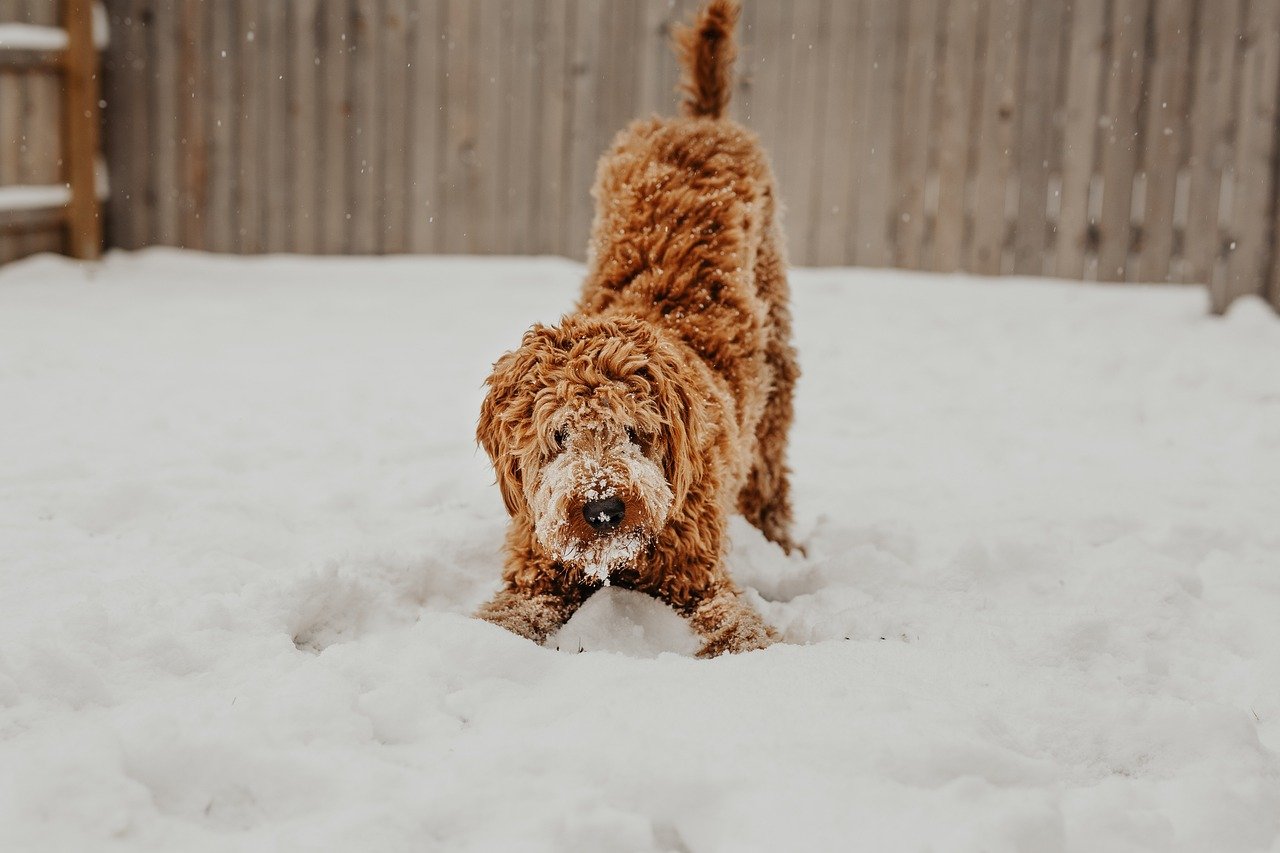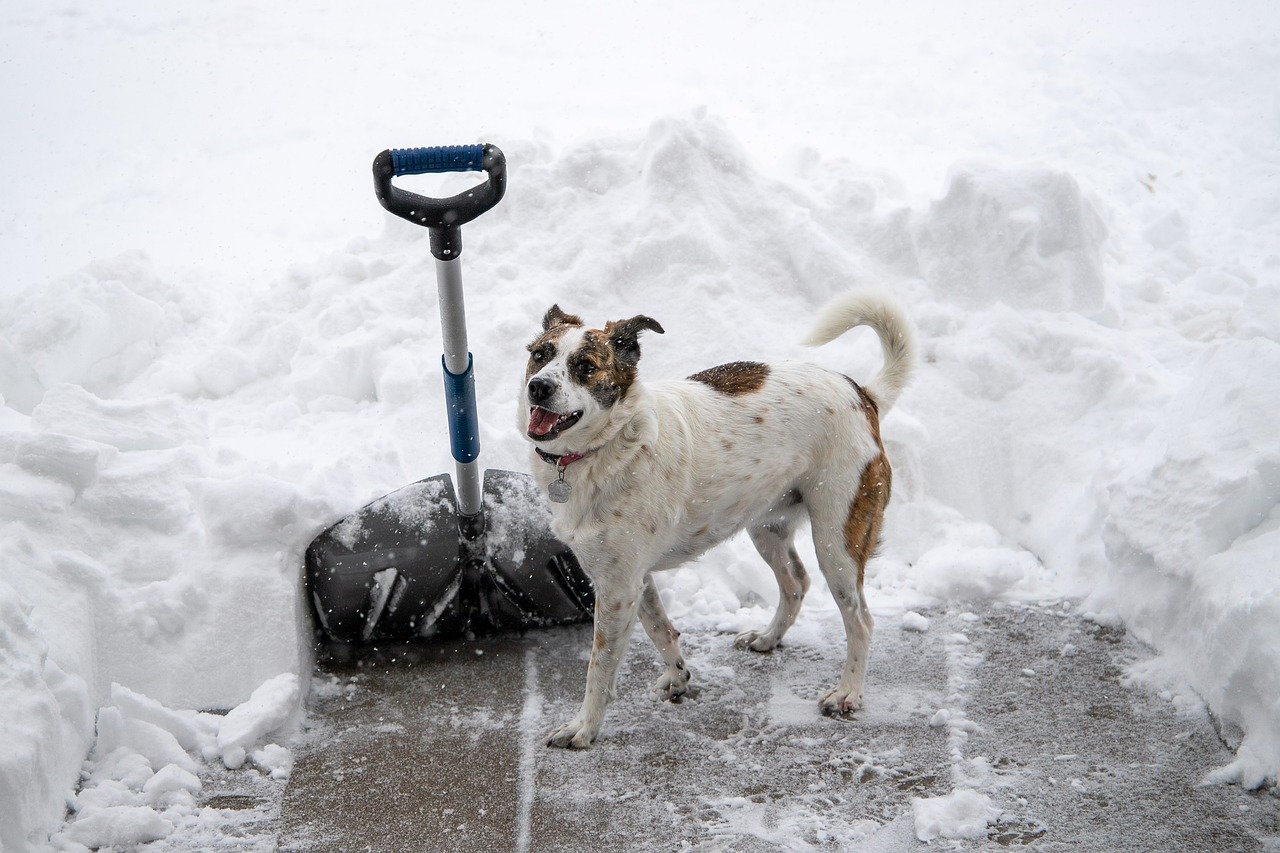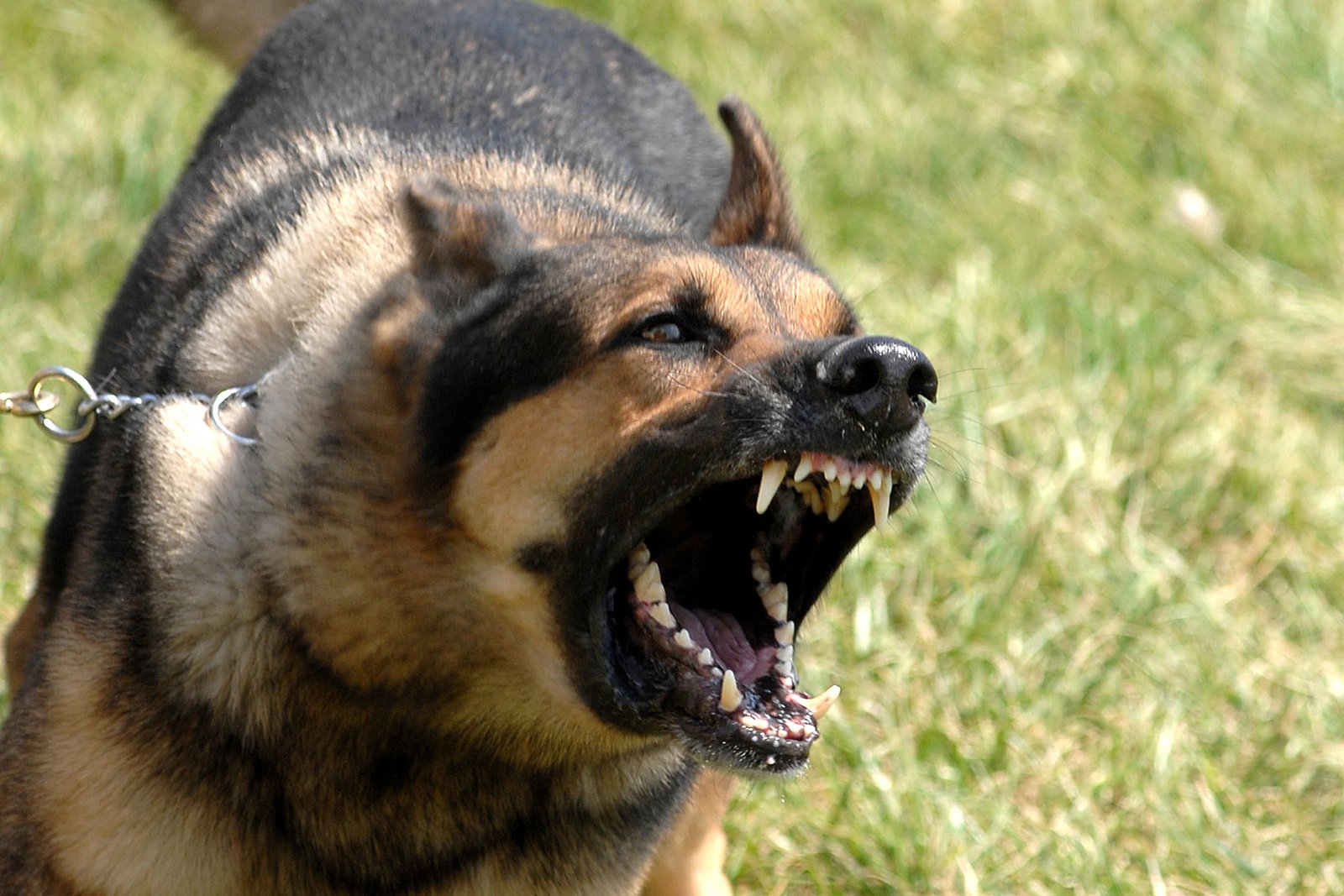We all think a wagging tail means a happy dog—but the direction of that wag actually matters. When a dog’s tail wags to the right, it usually signals friendliness or excitement. But if it wags to the left, research shows it could mean the dog is feeling nervous, unsure, or even a bit defensive. It’s their subtle way of saying, “I’m not comfortable.” Approaching a dog in that state can lead to stress or even aggression. So next time, take a moment to read the tail—not just the wag. It could save you (and the pup) a lot of discomfort.
The Hidden Language of Tails

Dogs speak with their bodies long before they bark or growl. Their tails are like little flags, waving out messages to anyone who knows how to read them. Most people grow up being told that a wagging tail means a happy dog. But the truth is, it’s not that simple. The direction, speed, and height of the wag all have meaning.
A tail wagging to the right usually signals a relaxed, approachable dog. But when a tail wags to the left, it’s a sign that things might not be so rosy. Studies have shown that this direction often signals negative emotions, stress, or anxiety. If you pay close attention, you’ll start to notice that not all tail wags are created equal, and your safety could depend on spotting the difference.
What Science Reveals About Tail Wag Direction
It may sound like an old wives’ tale, but there’s real science behind the way dogs wag their tails. Researchers have used high-speed cameras and careful observation to track the subtle movements in a dog’s tail. They discovered that dogs wag their tails more to the right when they see someone they like or when they’re feeling at ease.
On the flip side, a leftward wag is linked to caution, uncertainty, or even fear. This isn’t just a random quirk—it’s rooted in how a dog’s brain processes emotions. The left side of the tail is controlled by the right side of the brain, which is more involved with negative feelings and threat assessment. So, next time you see a left-leaning wag, remember: it’s not just a wag, it’s a warning.
Why Leftward Wags Signal Caution
Imagine meeting a new dog at the park. You see its tail wagging, but if you look closely, it’s more to the left. This isn’t a green light to reach out for a pet. Dogs who wag their tails to the left are often feeling nervous or unsure about the situation. They might be weighing whether you’re a friend or a foe.
This kind of anxiety can quickly turn into defensive behavior if the dog feels cornered or overwhelmed. Even gentle dogs can snap or growl when they’re scared. That’s why it’s crucial to pause, observe, and respect what the dog is telling you. The leftward wag isn’t an invitation—it’s a gentle “please give me space.”
How Dogs Interpret Each Other’s Tail Wags
Dogs are masters at reading the body language of other dogs, and tail wag direction is a big part of their silent communication. When one dog sees another wagging its tail to the left, it’s like seeing a red flag. They instantly sense that the other dog is unsure or possibly threatened.
This can lead to tense encounters, even among dogs who usually get along. When a leftward wag is spotted, dogs may become more cautious themselves, slowing down, avoiding eye contact, or even backing away. It’s their way of respecting boundaries and avoiding conflict. If dogs can pick up on these signals, shouldn’t we try to do the same?
The Emotional World Behind a Dog’s Wag

It’s easy to forget that dogs have rich emotional lives, full of excitement, fear, and everything in between. A wagging tail doesn’t just reflect what a dog is feeling—it’s almost like a window into their heart. When a dog’s tail points to the left as it wags, it’s telling you, “I’m not sure about this,” or “I’m a little scared.”
These emotions can be fleeting or deep-seated, depending on the dog’s past experiences or the current situation. Maybe the dog is in a new place, surrounded by strangers, or just having a bad day. By recognizing the signs of stress or discomfort, we can help our canine friends feel safer and more understood.
Common Misconceptions About Wagging Tails

So many of us grew up believing that any wagging tail meant a happy dog. It’s a myth that gets repeated in movies, books, and even by well-meaning dog owners. But this oversimplification can lead to dangerous misunderstandings. Not every wag is created equal, and not every dog wants to be petted just because their tail is moving.
Some people even think that a faster wag means more happiness, but a brisk leftward wag can actually mean a dog is highly aroused and possibly on edge. It’s time to throw out old assumptions and start looking for the real signals. Awareness is the first step to safer and happier interactions with dogs.
Body Language: More Than Just Tails

While tail wags are important, they’re only one piece of the puzzle. Dogs use their whole bodies to communicate. Ears pinned back, lowered heads, tense muscles, and “whale eyes” (when you can see the whites of their eyes) all add up to a dog’s emotional state. A leftward tail wag paired with these signs should set off alarm bells.
It’s a bit like reading a book—if you only look at one word, you miss the whole story. By observing the full range of body language, you get a much clearer picture of what a dog is feeling. This helps you avoid missteps and build trust with every dog you meet.
The Dangers of Ignoring the Signs

People often get bitten or scratched by dogs not because the dogs are “bad,” but because their signals were overlooked. Ignoring a leftward tail wag can mean ignoring a dog’s plea for space. Even the friendliest dogs have limits, and when those limits are crossed, accidents can happen.
It’s heartbreaking to hear stories of children or adults being bitten when all the warning signs were there. Respecting a dog’s signals isn’t just polite—it’s crucial for everyone’s safety. Taking a moment to observe can save you and the dog a lot of distress.
Children and Dog Safety: A Special Concern
Kids are naturally drawn to dogs and often rush in for a hug or a pat. But they usually don’t know how to read canine body language. A leftward wagging tail can be missed in the excitement, putting both the child and the dog at risk.
Teaching children to look, pause, and ask before touching a dog is essential. Practice with them by pointing out different wag directions and what they might mean. This small lesson can make a big difference in preventing accidents and building positive relationships between children and dogs.
Building Trust Through Respect
The fastest way to earn a dog’s trust is to listen to what they’re telling you, even if it’s silent. When you recognize a leftward wag and give the dog space, you show respect for their feelings. Over time, they’ll learn that you’re someone who listens and cares.
This trust pays off in countless ways. Dogs who feel understood are more relaxed, open, and loving. You might not get that pet or cuddle right away, but the connection you build will be deeper and more meaningful in the long run.
What to Do If You Notice a Leftward Wag
So, what should you do if you spot a dog wagging its tail to the left? The answer is simple but powerful: slow down, back off, and let the dog set the pace. Speak softly, avoid sudden movements, and give them plenty of space.
If it’s your own dog, try to figure out what’s making them uncomfortable. Maybe it’s a loud noise, a new person, or another animal nearby. Remove the stressor if possible and give your dog time to calm down. Your patience and respect will help them feel safe again.
Embracing the Art of Canine Communication
Understanding tail wag direction is like learning a new language—a language built on empathy and attention. The more you practice, the better you’ll get at reading what dogs are really saying. This doesn’t just keep you safe; it also deepens the bond you share with every dog you meet.
Dogs are incredible creatures with so much to teach us about trust, respect, and nonverbal communication. By paying attention to the subtle cues, like a tail wagging to the left, we honor their feelings and create safer, happier moments together. Isn’t it amazing how something as simple as a tail can tell such a powerful story?
So, the next time you see a tail wagging, don’t just assume it’s an open invitation. A left-leaning wag could actually be your dog’s quiet way of saying, “I’m not sure about this.” Tuning into these subtle cues helps you build trust and avoid unnecessary stress for both you and the pup. A little awareness can go a long way in keeping those tail wags happy and safe!
Jen is a passionate nature lover and ocean conservationist. She has dedicated her life to protecting the environment and preserving the beauty of the natural world. Growing up in a small coastal town, Jen sincerely appreciated the ocean and its inhabitants. She has spent countless hours exploring the shoreline, learning about the creatures that inhabit the waters, and advocating for their protection. Jen is an active member of ocean conservation organizations, and she is committed to educating the public about the importance of conserving wildlife and the natural environment.





